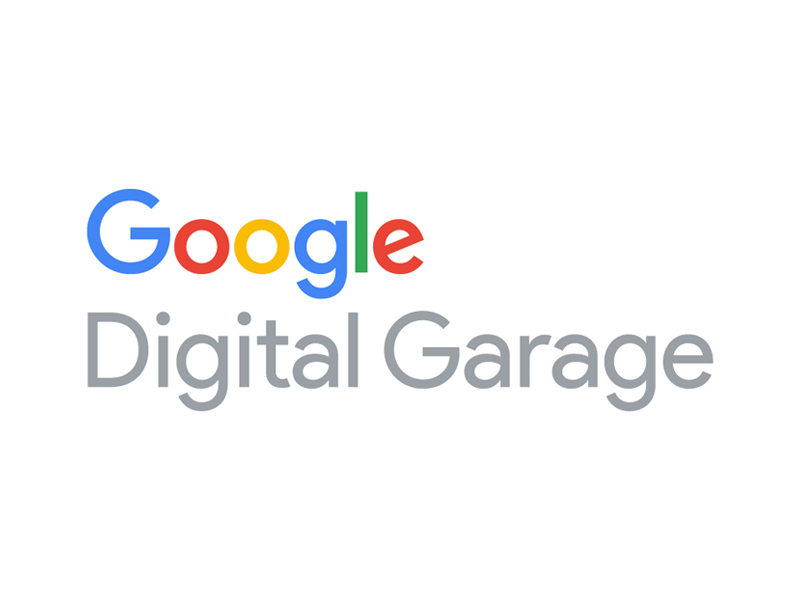There’s no denying that retail is very different now from only ten or even five years ago; the landscape of retail marketing is changing quickly to keep up with the evolving demands of the consumer and continuous developments in technology. This digital trends blog is asking, how has digital marketing and e-commerce changed the face of retail, for better or for worse? Moreover, how has the Christmas season shopping frenzy changed due to technology and digital developments?
With an online presence, which you’re advised is necessary in 2018, you’re able to reach a much more vast array of customers, customers who would otherwise be unable to visit your physical store.
Digital capabilities have broken down geographical restrictions almost entirely with so many companies now shipping across the globe. This reach allows marketers to put their customers first; it enables certain products to be aimed at those who desire them, helping them to find and receive the goods that want more simply.
Although brilliant for consumers and businesses alike, this dynamic has of course changed the high street immeasurably. This Christmas season, in 2018, stores took a hit with high streets and shopping centres experiencing a sure drop in footfall, in fact, we saw the lowest footfall on Black Friday in the UK since the recession. And why? We’re all shopping online! If businesses are willing to undergo digital transformation and embrace an online presence, then they can possibly survive this change, however, store closures or decline in takings effects things like jobs too.

Online stores and marketing also give companies and marketers the ability to target their customers more specifically, a bricks and mortar store or physical premises means you’re likely only to attract those who are close in proximity or passing trade; there are no boundaries to marketing for online stores. The fact is, that even if your store is not online, your marketing may well still be; you can take advantage of Google Ads and of paid and targeted social media advertising even then. Digital trends have changed the way in which we communicate with our customers whether the store is online or not.
The digital nature in which we now conduct business, allows retailers to collect valuable information about their customers, where they are purchasing, for example, it will enable them to ‘re-market’ to customers who have previously browsed certain products. There’s so much value to utilising the tools that online stores and digital retail provides.
Another pro for our digital trends blog is that online marketing and sales allow for simpler and more effective management of stock and customer data. Stock levels are already digitised and can be automatically updated as purchases are made, streamlining the backend of your business operations.
There is however one element that can not be changed – the product still needs to be physically transferred to the customer, so the need for physical service still very much exists; even if ordered online, the packaging and delivery services are physical elements that retailers can control to some extent.
In addition to this, a quality which can not easily be replicated online is the in-store shopping experience. The experience of entering a store, touching and trying the products, being welcomed by the shop assistants, for some is an activity that they enjoy; it’s the reason they go shopping, above the necessity to purchase something. So with a concentration on this area, surely some, granted not all, stores will be able to secure their survival of the digital age.












